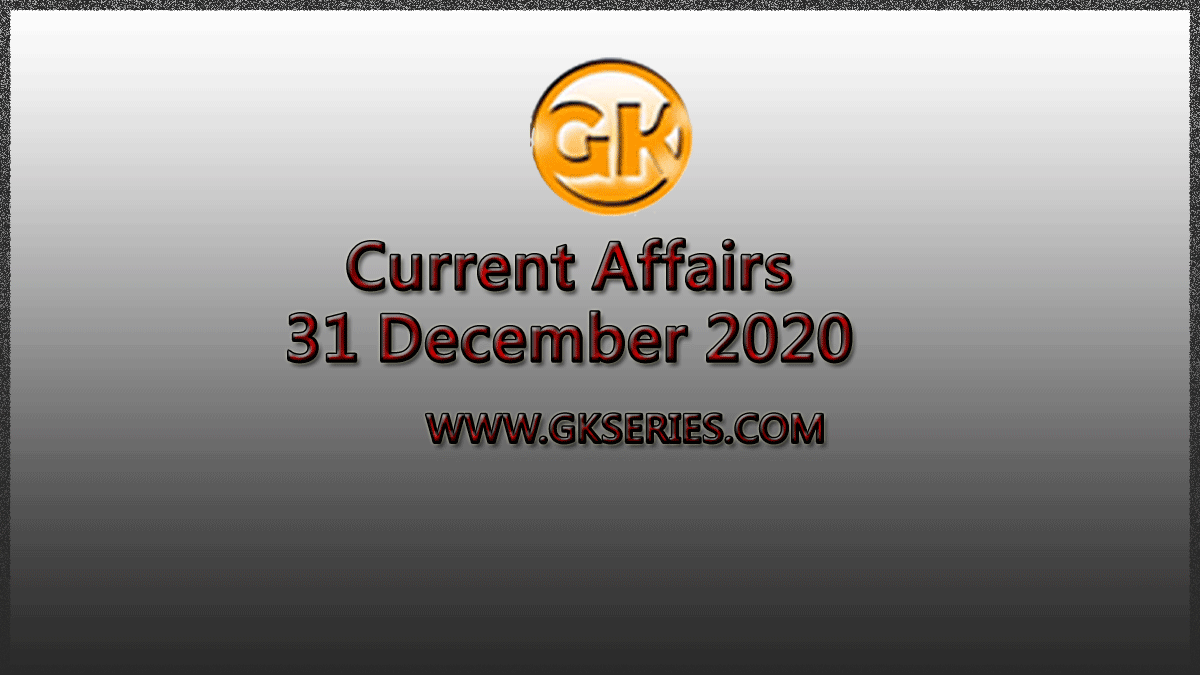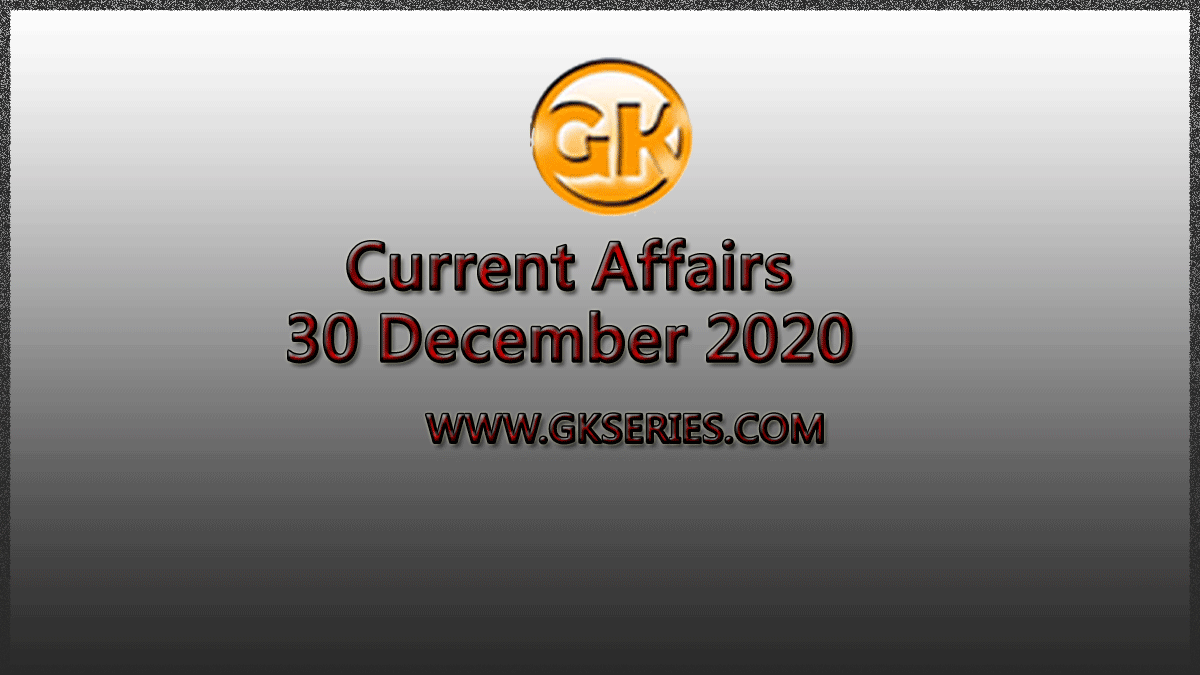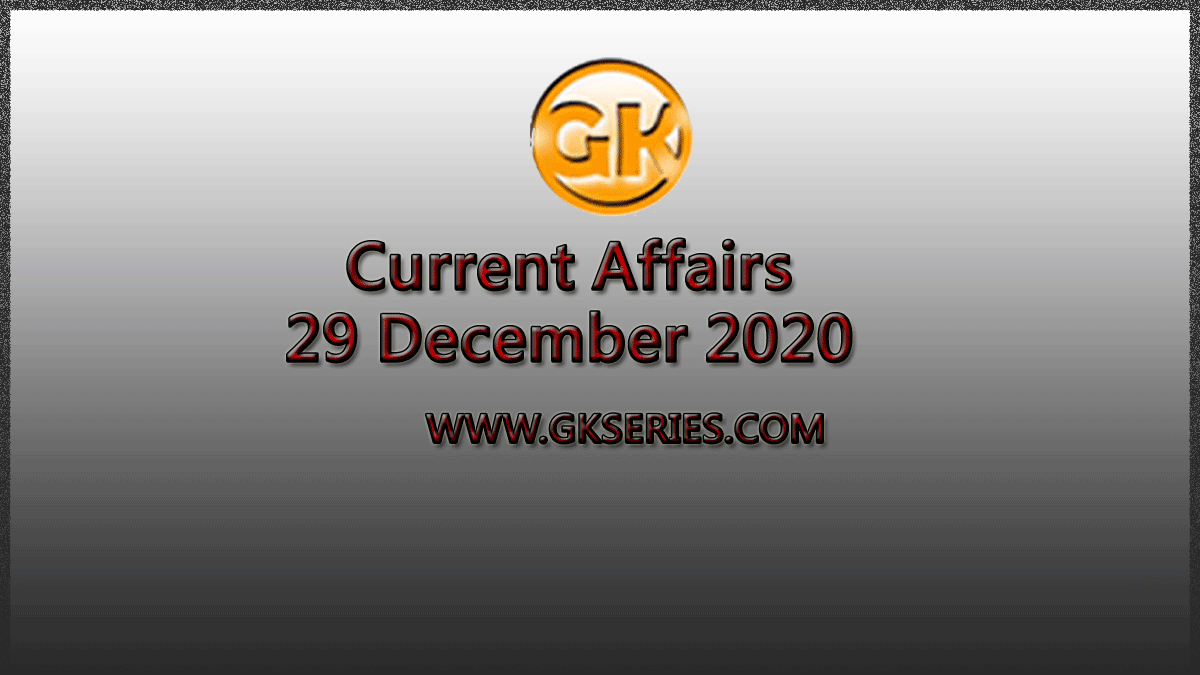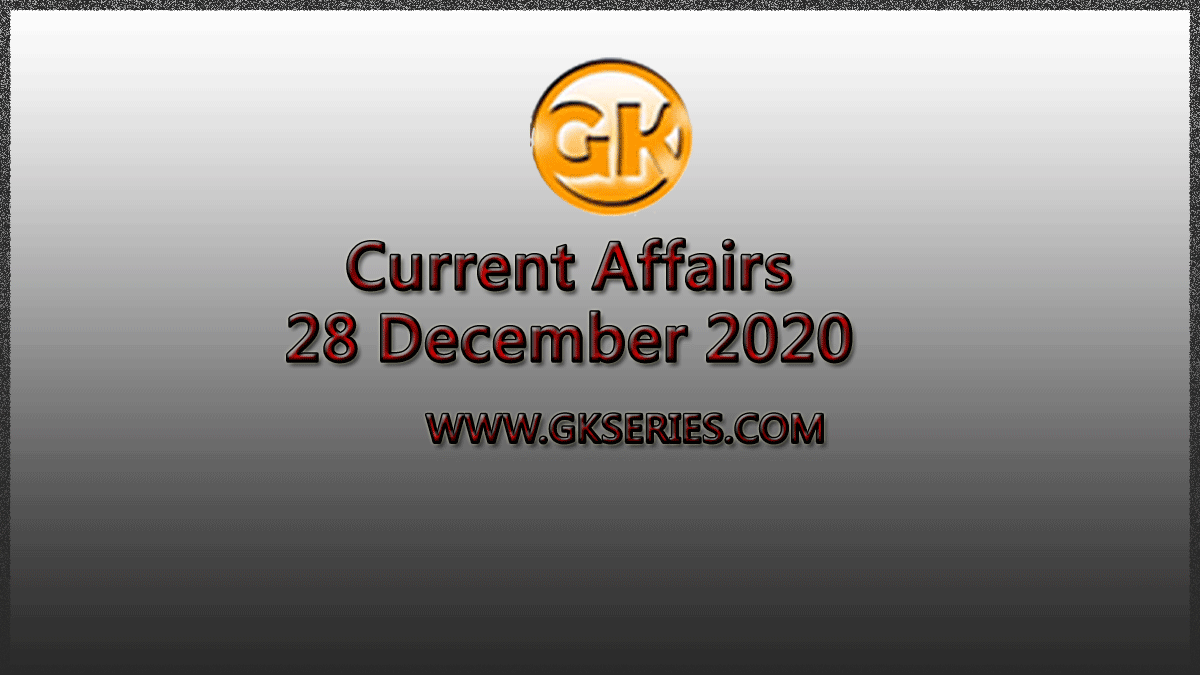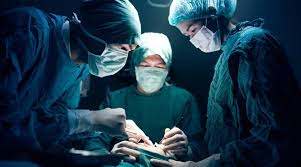
A government notification listed out specific surgical procedures that a postgraduate medical student of Ayurveda must be “practically trained to acquaint with, as well as to independently perform”.
Daily Current Affairs Quiz 2020
Key-Points
The notification has invited sharp criticism from the Indian Medical Association, which questioned the competence of Ayurveda practitioners to carry out these procedures, and called the notification an attempt at “mixopathy”.
The IMA has planned nationwide protests on December 8 against this notification, and has threatened to withdraw all non-essential and non-Covid services on December 11.
Ayurveda practitioners take pride in the fact that their methods trace their origins to Sushruta, an ancient Indian sage and physician, whose comprehensive medical treatise Sushruta Samhita has also detailed accounts of surgical procedures and instruments.
There are two branches of surgery in Ayurveda — Shalya Tantra, which refers to general surgery, and Shalakya Tantra which pertains to surgeries related to the eyes, ears, nose, throat and teeth.
IMA’s objections:
IMA doctors insist that they are not opposed to the practitioners of the ancient system of medicine.
But the new notification gives the impression that the skills or training of the Ayurveda doctor in performing modern surgeries are the same as those practising modern medicine. This is misleading, and an “encroachment into the jurisdiction and competencies of modern medicine”.


